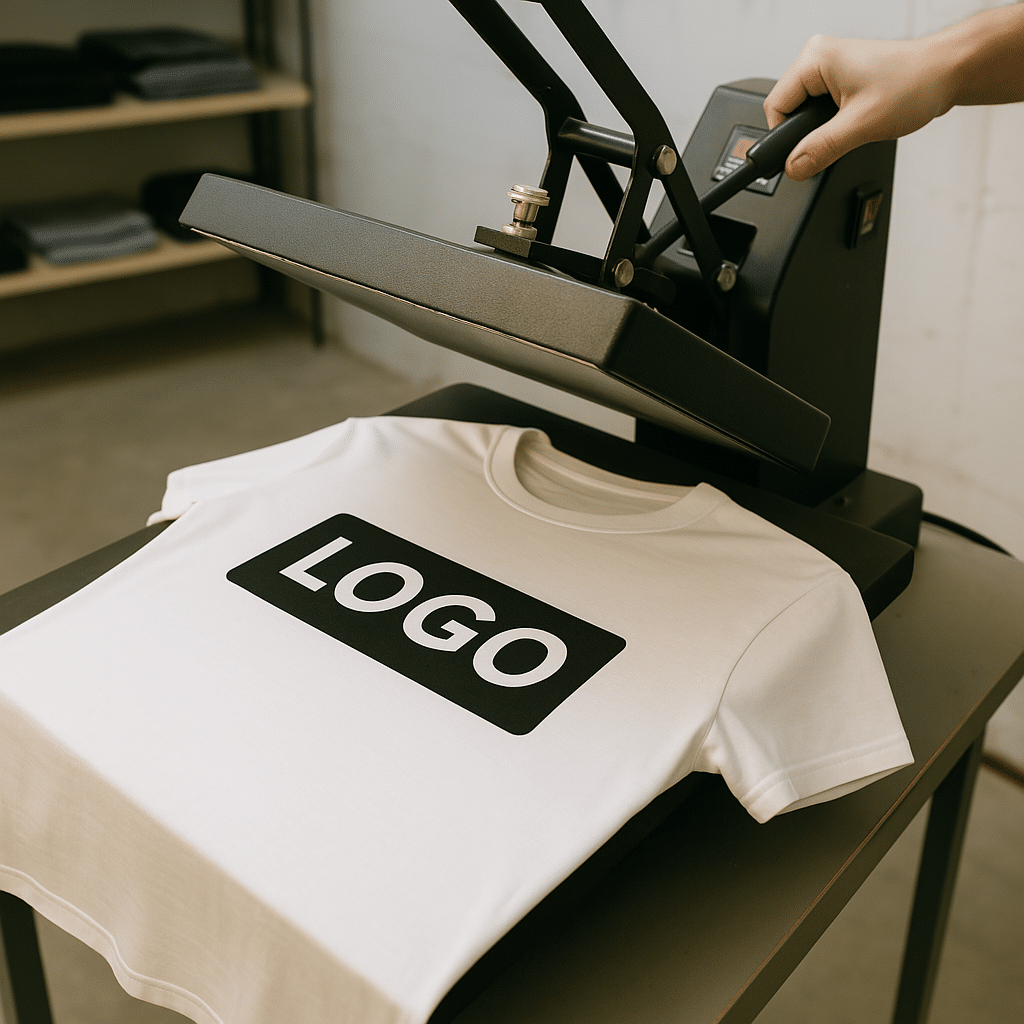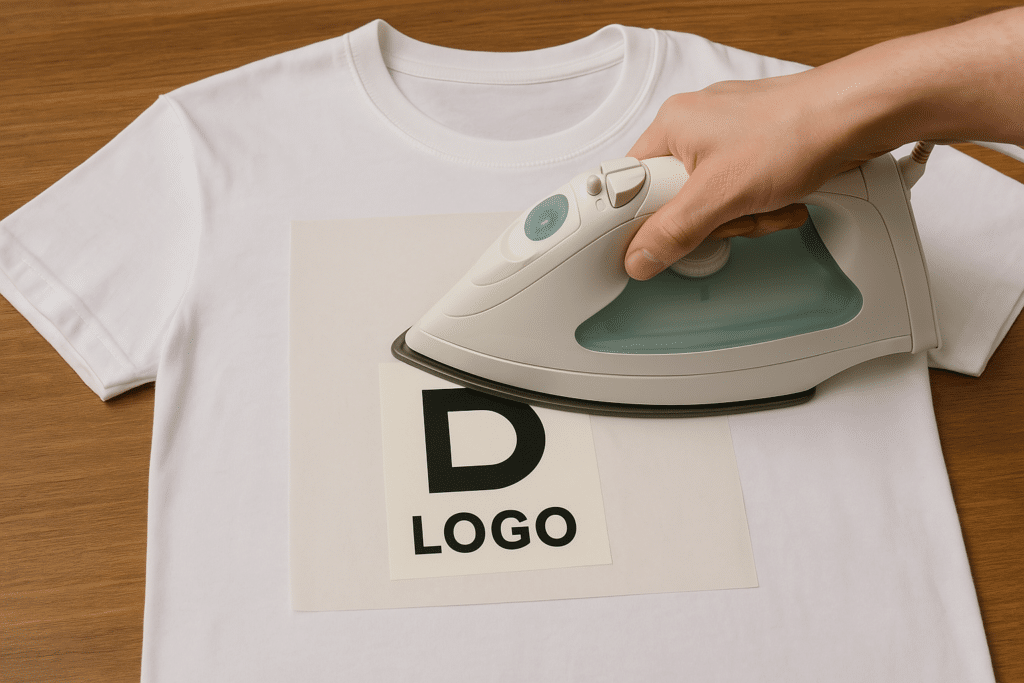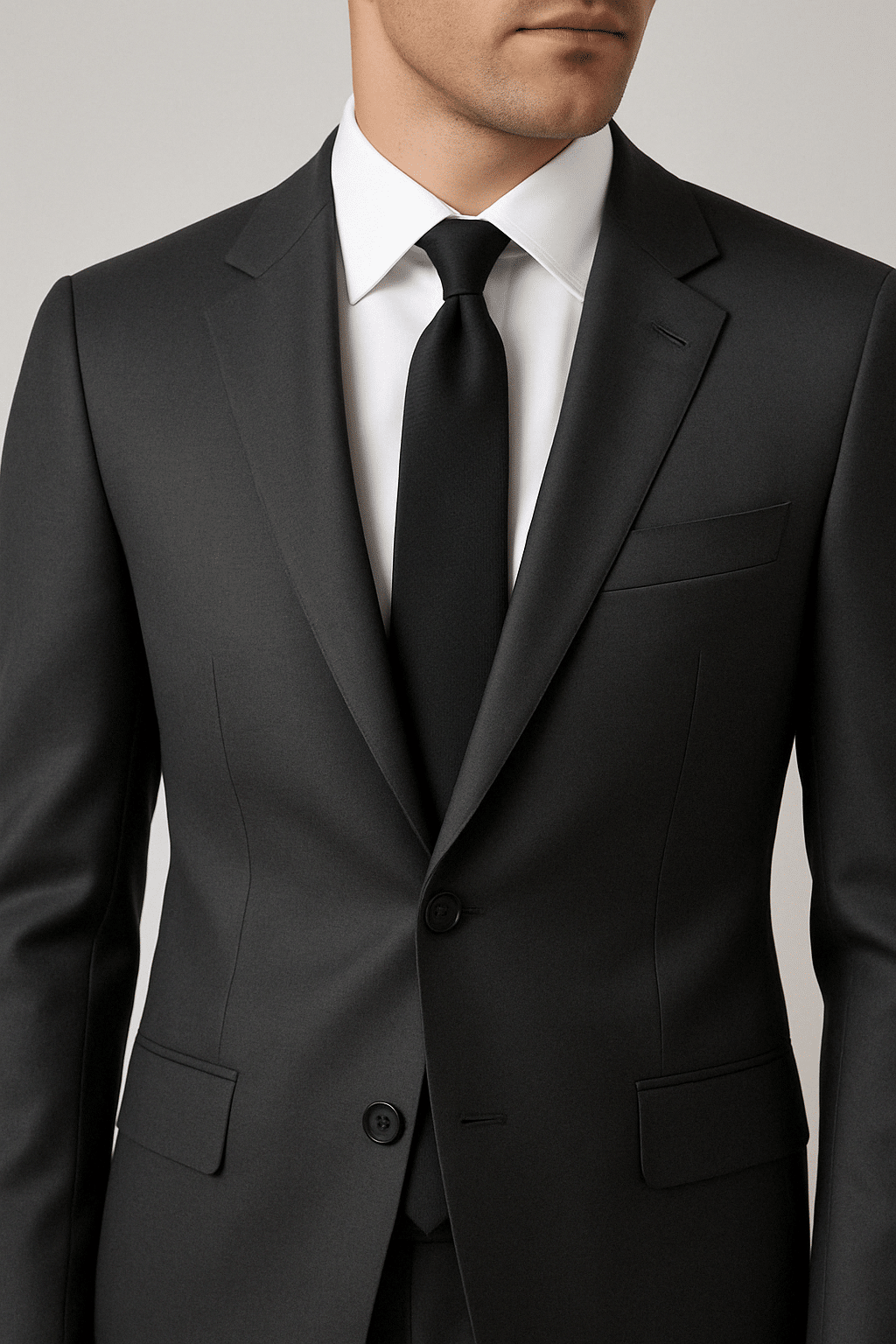Introduction
Did you know that 89% of consumers can recall the branding on promotional apparel like T-shirts even two years after receiving it? That’s the lasting power of a well-printed logo. Whether you’re launching a business, organizing an event, or simply building team spirit, custom logo T-shirt printing is one of the most effective ways to boost visibility and create a unified look. In this guide, we’ll walk you through everything you need to know—from how to print a logo on a T-shirt to choosing the right materials and methods. We’ll also introduce you to Core Uniform, a full-service uniform supplier in Dubai offering professional printing, embroidery, and tailoring to help your brand stand out.
What is logo printing?
Ever looked at a crisp logo on a shirt and wondered, “How did they get that on there?” You’re not alone. Logo printing has come a long way from the early days of iron-on patches. Today, businesses, teams, and even solo creators have a ton of options when it comes to putting their logo on clothing. Whether it’s for branding, uniforms, or promotional events, custom logo T-shirt printing can help you stand out. But how does it all work, and what do you need to know before diving in?
In this guide, we’ll break down everything from how to print a logo on a T-shirt, to choosing the right fabric, to finding a reliable uniform supplier in Dubai.

How does logo printing work?
Logo printing is the process of applying your brand or design onto a garment, usually a shirt, using a variety of techniques. The method you choose depends on factors like quantity, budget, fabric, and design complexity.
Overview of common printing techniques
There are several ways to go about logo printing on clothes, but here are the most popular ones:
- Screen printing – Ideal for bulk orders and simple designs with a few colors. It uses stencils and ink pressed through mesh screens.
- Heat Transfer Printing (HTP) – This includes both heat transfer paper and heat transfer vinyl (HTV). It’s great for smaller orders and detailed designs.
- Direct-to-Garment (DTG) – Works like an inkjet printer, but for fabric. Perfect for intricate, colorful designs printed in small quantities.
- Embroidery – While technically not printing, embroidery is a classic choice for logos. It involves stitching your logo into the fabric and offers a premium look.
Screen printing: Pros and cons
Screen printing offers vibrant and durable results but requires a separate screen for each color. That means complex or colorful designs can get expensive. However, it’s fast and cost-effective for large batches.
DTG, HTV, and vinyl: When to use each method
- DTG is great if you want photorealistic detail or you’re only printing a few shirts.
- HTV works well for bold designs and is often used in DIY setups.
- Vinyl printing stands out because of its texture and durability, making it popular for sports teams and promotional wear.
t shirt logo printing – What to think about
T-shirt logo printing seems simple, but there are several things you need to get right to ensure the final product looks as good in person as it does on your screen.
Read our guide: T-shirt Uniform Care
Design preparation and file types
Your logo design should be high resolution, preferably in a vector format like .AI, .PDF, or .EPS. This ensures your design scales without losing clarity. Always mirror the design when using heat transfer techniques!
Choosing fabric and shirt style
Not all fabrics take printing the same way. For instance:
- 100% cotton is great for DTG and screen printing.
- Polyester blends are better suited for sublimation and some types of vinyl printing.
Also, think about the shirt cut and color. For example, logos with dark ink won’t show up well on black shirts unless you use specialized techniques.
Quantity, budget, and timeline considerations
If you’re only printing a few custom logo T-shirts, DTG or vinyl may be your best bet. But for large quantities, screen printing or using a logo printing machine on clothes can significantly cut costs.
Set a realistic budget. Custom printing can range from $5 to $30 per shirt, depending on the method and shirt quality.

Can I print my own logos at home?
Absolutely, but it depends on how professional you want the final product to look. Here’s what you’ll need:
Equipment needed for home printing
- Inkjet printer
- Heat transfer paper or vinyl
- Heat press or clothing iron
- Vector design file
A decent logo printing machine on clothes for home use can cost a few hundred dollars, while professional machines run much higher.
Step-by-step: Heat transfer and vinyl printing
- Design your logo using software like Adobe Illustrator.
- Print the design on transfer paper or cut it from vinyl.
- Use an iron or heat press to apply the design to your shirt.
- Let it cool, peel off the backing, and wear your creation!
Tips for quality and durability
- Wash printed shirts inside out in cold water.
- Avoid using a dryer—air dry for best results.
- Always follow manufacturer instructions for transfer materials.
What to think about if you are printing logos for your company
Whether you’re creating staff uniforms or promotional gear, logo printing for businesses requires a slightly different mindset.
Full service vs DIY approaches
A full-service provider like Core Uniform handles everything from design to printing to delivery. It’s faster, more reliable, and typically better quality than DIY.
Suppliers: What to look for
When choosing a supplier:
- Ensure they offer a variety of custom logo T-shirt printing options.
- Look for embroidery and tailoring services, especially if you’re customizing uniforms.
- Ask for samples to check quality.
- Make sure they can handle bulk orders efficiently.
Pro tip: Core Uniform is a trusted uniform supplier in Dubai that offers professional embroidery, T-shirt printing, custom tailoring, and fast turnaround times.
Branding and consistency
Using a reliable supplier ensures that your brand’s colors, fonts, and sizing are consistent across all items. That’s essential for building a cohesive and professional image.

Uniform manufacturers
If you’re creating uniforms, especially for staff in retail, hospitality, healthcare, or logistics, logo printing becomes part of a larger conversation about consistency and durability.
Read our guide: Steps to choosing the best uniform manufacturer
Customization options for team apparel
Core Uniform offers tailored garments, including polo shirts, jackets, and button-downs, with logo printing or embroidery. This is a great way to promote brand identity across your team.
Minimum order quantities and pricing
Manufacturers often have minimum order requirements. Core Uniform accommodates both small and large-scale orders, giving you flexibility depending on your team size and budget.
Integration of logo printing in uniform design
Rather than slapping a logo onto an existing shirt, Core Uniform integrates your brand identity right into the fabric—using techniques like embroidery for high-visibility roles or sublimation for moisture-wicking sportswear.
Conclusion
Logo printing isn’t just about making a shirt look good—it’s about telling your brand story, building recognition, and creating real-world impact. From selecting the right printing method to choosing quality fabrics and reliable suppliers, every detail matters. Whether you’re experimenting with how to print a logo on a T-shirt at home or investing in custom logo T-shirt printing for your business, knowing your options helps you make smarter choices.
And if you’re looking for a trusted uniform supplier in Dubai, Core Uniform is your go-to partner. With full-service solutions including printing, embroidery, and tailoring, we help bring your brand to life—on every thread. Because at the end of the day, a great logo on a great shirt isn’t just clothing—it’s a statement.



